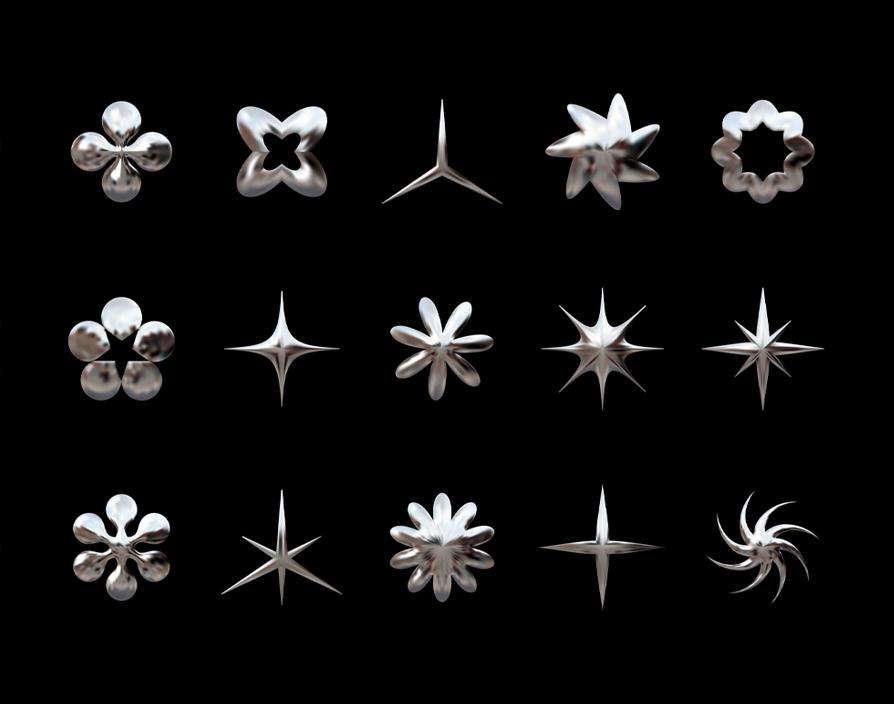Our clients are fascinated by semiotic studies because they seems like a way to qualify design. Much of a marketer’s life is spent in the logical world of calculating and measuring sales figures, consumer data, finances and margins. Dealing with design and designers on the other hand can feel nebulous, intangible and difficult to handle. Semiotics seems to provide the opportunity to manage the process, brief and evaluate design work and make decisions. To a degree this is true, but a little knowledge can be dangerous. Care needs to be taken, context needs to be understood and designer’s advice trusted.
Let’s start with the basics. Semiotics is simply the study of signs and symbols and their interpretation. Part of the design process in both three dimensions and two, and in particular branding and communications, is the need to communicate values to the beholder. We use physical and visual to do this. If we are designing a chair, we often use symbolic curves and soft forms to communicate comfort thereby encouraging the user to sit down. Ergonomics then come into play if the sitter is to actually be at ease. As I write this, I’m in a modern airport lounge. The seats looked comfortable with the flowing curves and matt pillowed surfaces, but I can assure you that, in reality, they are not – a false impression has been given by these physical signs.
As humans we have a vast bank of symbols and their meanings stored away so that we can make decisions about the world around us. Take the colour red. What does it mean to us? Originally, it might have its origins in its association with blood or perhaps a flushed angry face – so seen as a warning sign. In the modern world, red is universally used as an alerting symbol on road signs, flashing beacons and warning messages. Simple! No, it’s not. Red also means sexy, passionate and loving in a different context. Red lips rather than blood, the flush of passion not anger. Context is everything when it comes to semiotics. A red cross on the diagonal means ‘do not pass’ turned 45 degrees and it’s a negative anode, or the flag of St George.
The colour red is an obvious symbol. On a piece of packaging a red flash draws the consumer towards a money offer, or a new feature. The rest of the design is far more complicated. A while back, we redesigned a very well-known UK lager. The brief was to create something more sophisticated, so we recrafted the brand mark, created a new crest and used a careful combination of silver and black with red highlights and silver rays, as premium cues, to create a desirable brand design. Years later we were asked to pitch for the redesign. They had commissioned a semiotics study on the design and their experts found it aggressive and funereal. They compared the fine silver rays to Wolverine’s blades and the pack design to a coffin- strong and damming analogies, but totally subjective. Experts had been brought in and made their judgment but on what basis, what factual evidence could they use to support their findings? None, just their selected analogies.
At this point you are probably thinking I am bitter and hate all semioticians. In fact, the reverse is true. The study of symbols and signs is a fascinating and worthwhile endeavour, and we can all learn from their findings. In this case they had a point about the black. I could see that the balance of black on subsequent design work had become too dominant – subtle adjustments could have fixed that balance, perhaps not needing a complete redesign. That’s important. As designers, our craft and skill are the careful manipulation of these signs and symbols to communicate just what we want. It’s what you pay us for and how we build our reputation. The better the designer the better their manipulation of symbology.
I find the world of semioticians fascinating, and we can learn much from their studies. Their opinions, analogies and findings can stimulate interesting debates that ultimately inform design. The danger is seeing their contributions as definitive and absolute. It can never be because every situation is different so hard and fast rules cannot apply . Their contributions are not the same as financial accounts, sales analysis or quantitative research reports. Their work must be used in collaboration with designers to get the best results. The context of any set of symbols on a design is complex and interrelated so should never be seen in isolation. Change one element and other aspects of the design will need to change to create a balance. Yes, semiotics can help non-designers engage with design in a useful and productive way, but design and the use of symbols will always be subjective – that’s the beauty of it.
Share via:









































